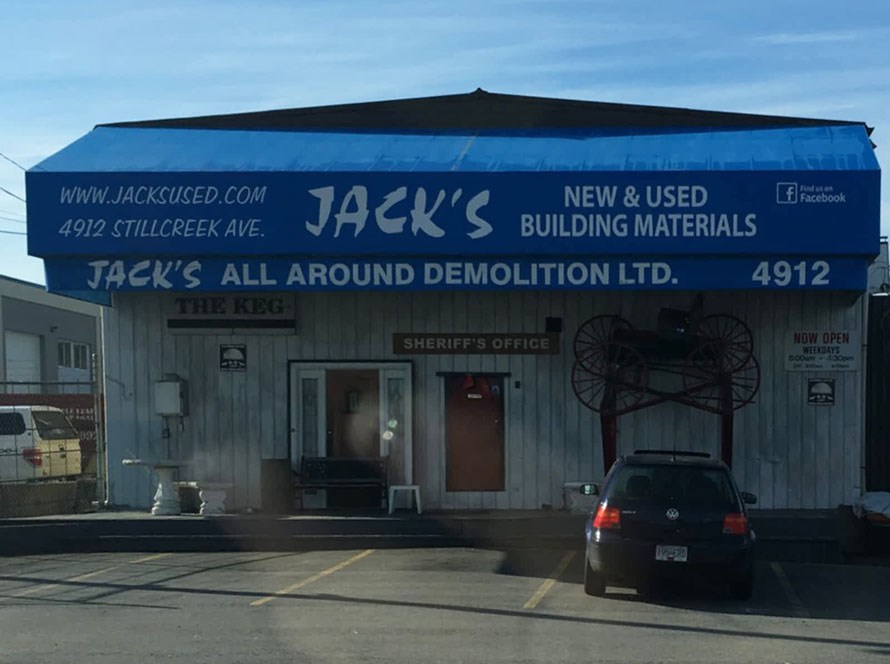Jack’s New and Used Building Materials has been the go-to place for bargain-hunting builders and renovators for 60 years, but with industrial land prices soaring, the family-owned business is fire-selling its stock and closing its doors.
Its 2.5-acre site on Still Creek Avenue in Burnaby sold in the third quarter for $13 million. In late October, prices for the remaining inventory at Jack’s were slashed by 70 per cent after inking the land sale with Standard Land Holdings Ltd., the real estate arm of Standard Building Supplies Ltd., which leases space near the Jack’s site.
Jack’s was far from the highest price paid for an industrial site in Metro Vancouver, where existing buildings are selling for an average of $325 per square foot. In the third quarter, an investor group known as 616247 BC Ltd. paid $15.9 million for a 53,000-square foot (1.2-acre) industrial site on Vanguard Road in Richmond. Weeks earlier, South Street Holdings Inc. and its partners paid $23 million for a vacant warehouse on 1.86 acres on No. 5 Road in Richmond.
All told, in the six months ending October 1, industrial property sales across Metro Vancouver hit $747 million, according to a survey by Lee & Associates, a Vancouver commercial realtor, but this is expected to increase by a further $347 million as a number of deals in progress close. According to the report, industrial land is selling or an averaging of more than $5 million an acre.
These aren’t peak prices, suggests Chris MacIntyre, a veteran industrial agent with Lee & Associates.
“There is no supply of industrial land in Metro Vancouver. We are facing a crisis in industrial space in relation to the demand, ” MacIntyre said.
Investors are taking note. As Lee & Associates vice-president of research Ryan Walmsley noted, a slowdown in the housing market has meant, “residential investors are moving into the industrial sector, increasing demand and sustaining market prices.” The returns can be spectacular. MacIntyre points to a 2.3-acre industrial property in Burnaby that sold in 2017 for $6.4 million and was flipped a year later for $12.8 million.
It is not for lack of trying to meet demand: in the third quarter, 1.5 million square feet of new industrial space came to the market, but 1.4 million square feet was either sold or leased. The new supply led to the first increase in industrial vacancy rates in two years, rising to a still-tight 1.46 per cent in the third quarter from 1.4 per cent three months earlier.
But Metro Vancouver still has the second-lowest industrial vacancy in Canada and one of the lowest in North America.
“A healthy industrial market would have a vacancy rate of 5 per cent,” MacIntyre said, who said the lack of supply will persist until Metro municipalities zone for more industrial development.



